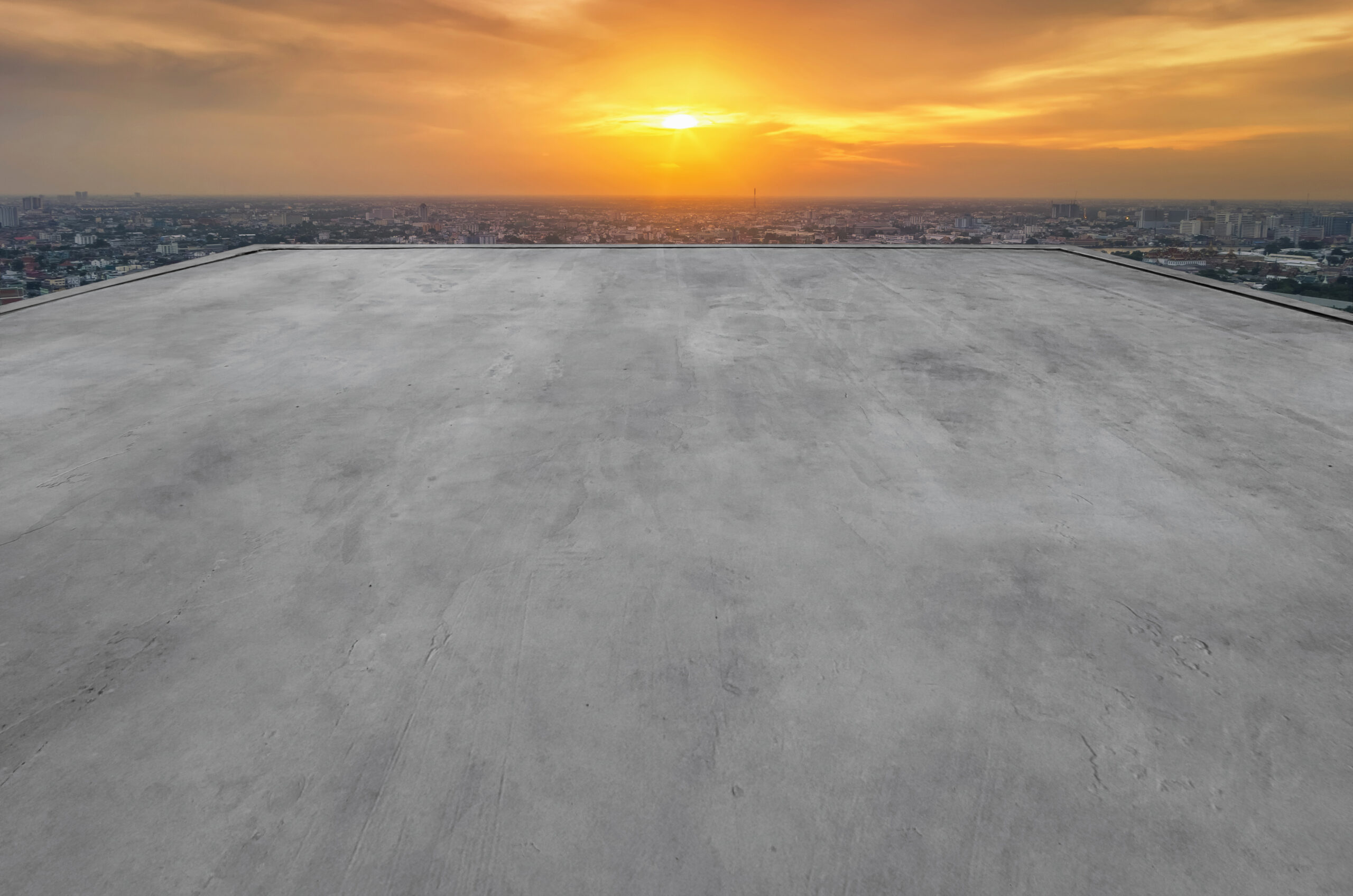Concrete is a broadly used construction material known for its strength and durability. However, high temperatures can significantly affect its performance, especially during hot summer days. Understanding how concrete holds up in such conditions involves examining its physical and chemical properties and the measures that can be taken to mitigate any adverse effects.
Effects of High Temperatures on Concrete
-
1. Hydration Process: Concrete is composed of cement, water, and aggregates. The hydration process begins when mixed, and cement reacts with water to form a complex matrix. This exothermic reaction generates heat, which high ambient temperatures can exacerbate. In hot weather, the rate of hydration accelerates, potentially leading to incomplete hydration if the water evaporates too quickly, resulting in reduced strength and durability.
2. Water Evaporation: High temperatures increase the rate of water evaporation from the concrete mix. Insufficient water in the mix can lead to premature drying, causing shrinkage and cracking. Adequate curing, which involves maintaining moisture levels in the concrete, is crucial to prevent these issues.
3. Thermal Expansion: Concrete expands when heated and contracts when cooled. This thermal expansion and contraction can induce internal stresses, potentially leading to cracking and structural damage. Repeated heating and cooling cycles, typical in hot climates, can exacerbate this effect, leading to fatigue and eventual failure of the concrete structure.
4. Surface Cracking: Hot weather can cause the exterior of the concrete to dehydrate faster than the interior, leading to surface cracking. This phenomenon, known as plastic shrinkage cracking, occurs when the surface tensile stresses exceed the concrete’s tensile strength. These cracks affect the aesthetics and can compromise the structural integrity by allowing water and other harmful substances to penetrate the concrete.
Mitigation Strategies
-
1. Proper Mix Design: Adjusting the concrete mix to include supplementary cementitious materials (SCMs) such as fly ash, slag, or silica fume can improve resistance to high temperatures. These materials help reduce the heat of hydration and enhance the general durability of the concrete.
2. Cooling the Ingredients: Cooling the concrete mix ingredients with chilled water, ice, or liquid nitrogen can help manage the rise in temperature during the hydration process. Keeping aggregates in a shaded or cooled area before mixing can also prevent excessive heat buildup.
3. Curing Methods: Proper curing techniques are vital in hot weather. Methods such as water curing, using wet burlap, or applying curing compounds can help maintain the necessary moisture levels in the concrete. Curing blankets and fogging systems can also be used to control evaporation rates.
4. Timing of Placement: Scheduling concrete placement during more excellent parts of the day, such as early morning or late evening, can help mitigate the effects of high temperatures. Also, avoiding work during peak sunlight can prevent rapid water loss and thermal stresses.
5. Use of Admixtures: Chemical admixtures such as water reducers, retarders, and plasticizers can be added to the concrete mix to enhance workability and control the setting time. These admixtures help maintain the quality and performance of concrete in hot weather conditions.
Conclusion
Concrete can hold up well during hot summer days if proper precautions and techniques are employed. Understanding the challenges posed by high temperatures and implementing strategies to mitigate their effects are crucial for ensuring the longevity and integrity of concrete structures. Concrete can maintain strength and durability even under extreme heat by adjusting mix designs, controlling ingredient temperatures, employing effective curing methods, and appropriately timing placements.

